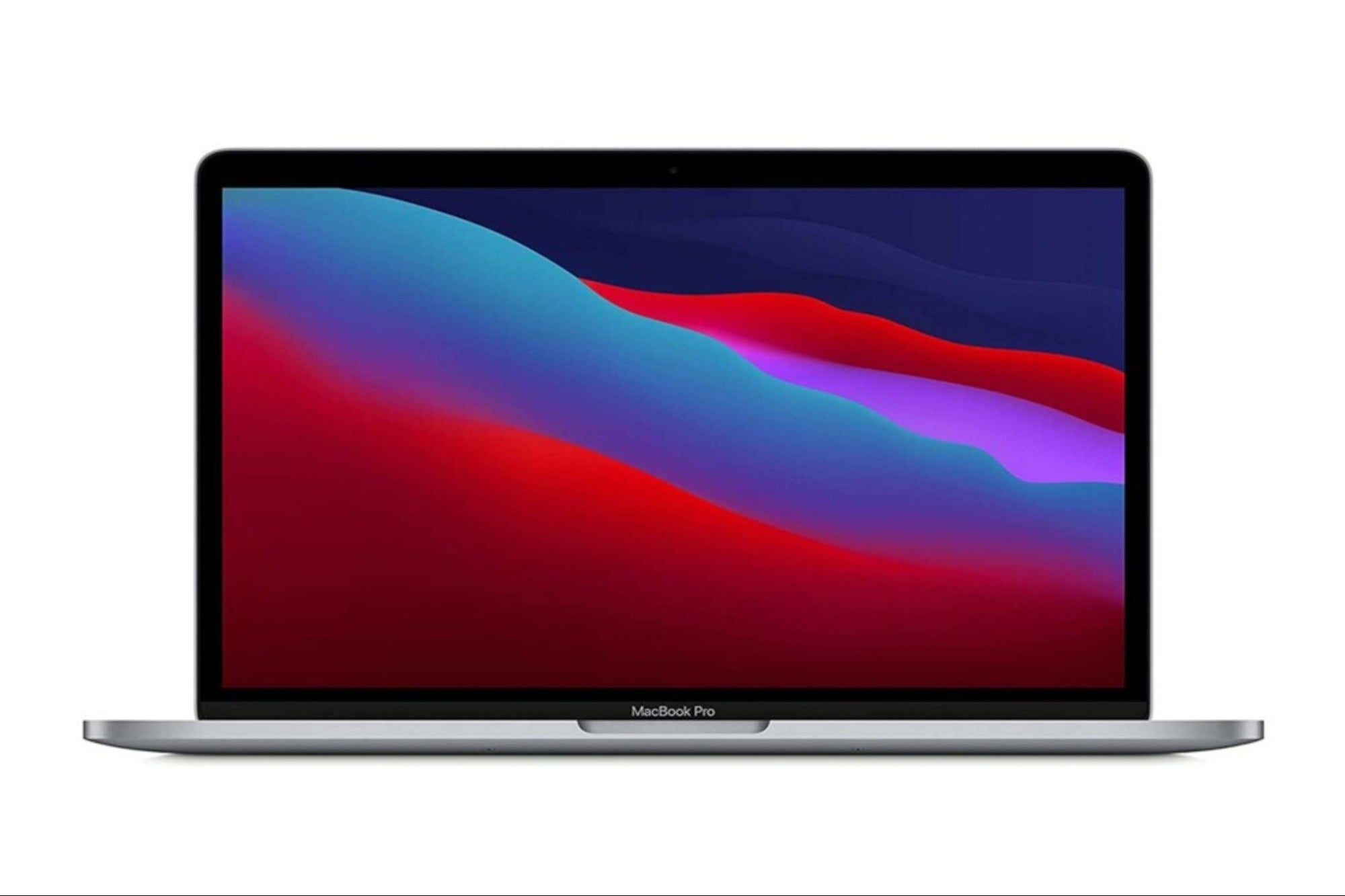Shopping Cart Throw-down: Which Ecommerce Platform Reigns Supreme? Shopify? Or BigCommerce? An BIZ Experiences contributor has a 'clear winner' here.
By Sujan Patel Edited by Dan Bova
Opinions expressed by BIZ Experiences contributors are their own.

Ecommerce is big business. In 2014, there were 12 to 15 million online stores, with more than 650,000 of those generating over $1,000 in annual sales. Many have found success selling goods through the giant marketplaces like Amazon and eBay, but highly-customizable and easy-to-manage ecommerce platforms have also emerged.
BIZ Experiencess with dreams of opening their own online stores have flocked to these platforms, which allow them to use content marketing to drive serious numbers and expand their market reach.
"Launching an online store can be challenging for small businesses, which are often short on time, budget and staff," says Kim Lachance Shandrow, writer and editor at BIZ Experiences.com. "But ecommerce vendors can help you make designing and maintaining an online store relatively simple and affordable."
Shopify and BigCommerce are two platforms I've reviewed to compare the critical elements every business should consider when setting up an online store. Shopify claimed to have more than 275,000 online stores just a decade after its launch. According to data from BuiltWith, BigCommerce has some 98,000 sites that use its platform.
While these two ecommerce platforms aren't the only players in the industry, they're two of the largest. Because their offerings are similar, it can be difficult to choose between the two. Here's my comparison.
Cost of entry
BigCommerce and Shopify have similar tiered pricing models. Standard plans start around $29 a month. But Shopify offers "lite plans" for $9 a month that allow you to sell your products on Facebook or install "buy buttons" to sell your products on an existing website. This gives Shopify a slight edge over BigCommerce for small businesses or for those just starting out. Professional monthly plans increase to $299 for Shopify and $199 for BigCommerce when you're ready to expand.
It's important to note that the $199 pro plan with BigCommerce applies to stores with fewer than 3,000 orders per month. You can expect to pay an extra $80 per month for each block of 1,000 orders beyond the first 3,000.
'Click and mortar'
There are ecommerce stores that have no physical location, but plenty of stores have both. This "click and mortar" model provides reach outside of local markets to expand revenue potential.
"I am totally convinced that click and mortar is the future," Carrefour CEO Georges Plassat declared in an interview with Reuters.
For businesses that sell products in a physical location and online, Shopify offers an ideal solution, with point-of-sale options that integrate with an online store to provide consistency with inventory management and customer data.
No limits on sales
BIZ Experiencess have big dreams of month-over-month revenue growth, but BigCommerce may automatically bump you into the next pricing tier when you hit the ceiling of your subscription.
Shopify, on the other hand, has no limit on the sales you make at your store, so you won't be bumped into a higher pricing tier based on revenue or sales.
Mobile store management
When you're working to grow your business, you don't want to be tied to a computer, even with the mobility of a laptop. While BigCommerce offers a laundry list of features that stack comparatively to those of Shopify, mobile accessibility is one of the areas where BigCommerce falls short.
The company does offer a mobile version of the administrative dashboard, but the feature is cumbersome for doing updates, product variations or reviews of metrics.
Shopify, in contrast, has fully developed iOS and Android apps for quick access to your dashboard. This makes it a breeze to update, add and modify products and check metrics. You can even configure push notifications to notify you when transactions occur.
The ability to manage an online store from virtually anywhere with a few simple taps puts Shopify ahead of BigCommerce for ease-of-use.
Cart abandonment
Every online store suffers from cart abandonment. On average, more than 67 percent of carts are abandoned, but that doesn't mean you need to lose that revenue forever.
"You can't wait for customers to come to you," writes Paul Graham, co-founder of YCombinator. "You have to figure out where they are, go there and drag them back to your store."
Both Shopify and BigCommerce offer native functionality to trigger abandoned-cart-saver emails. BigCommerce gives you the ability to schedule up to three emails in succession to win back customers. This has the potential to increase the number of abandoned carts you save, but you may risk turning off some of your would-be customers.
Shopify comes up a bit short in this area, meanwhile. It offers store owners the ability to send only a single email when a cart has been abandoned, but you should be able to do in one email what you can do in three if you position the copy well.
Make the right choice for your ecommerce store
Overall, I consider Shopify the clear winner, as it offers far more in the way of feature availability, cost, and flexibility -- especially for startups working on growing a new brand or launching a new product. What's your preferred solution?
Click here to see how Shopify can help your growing business today.












